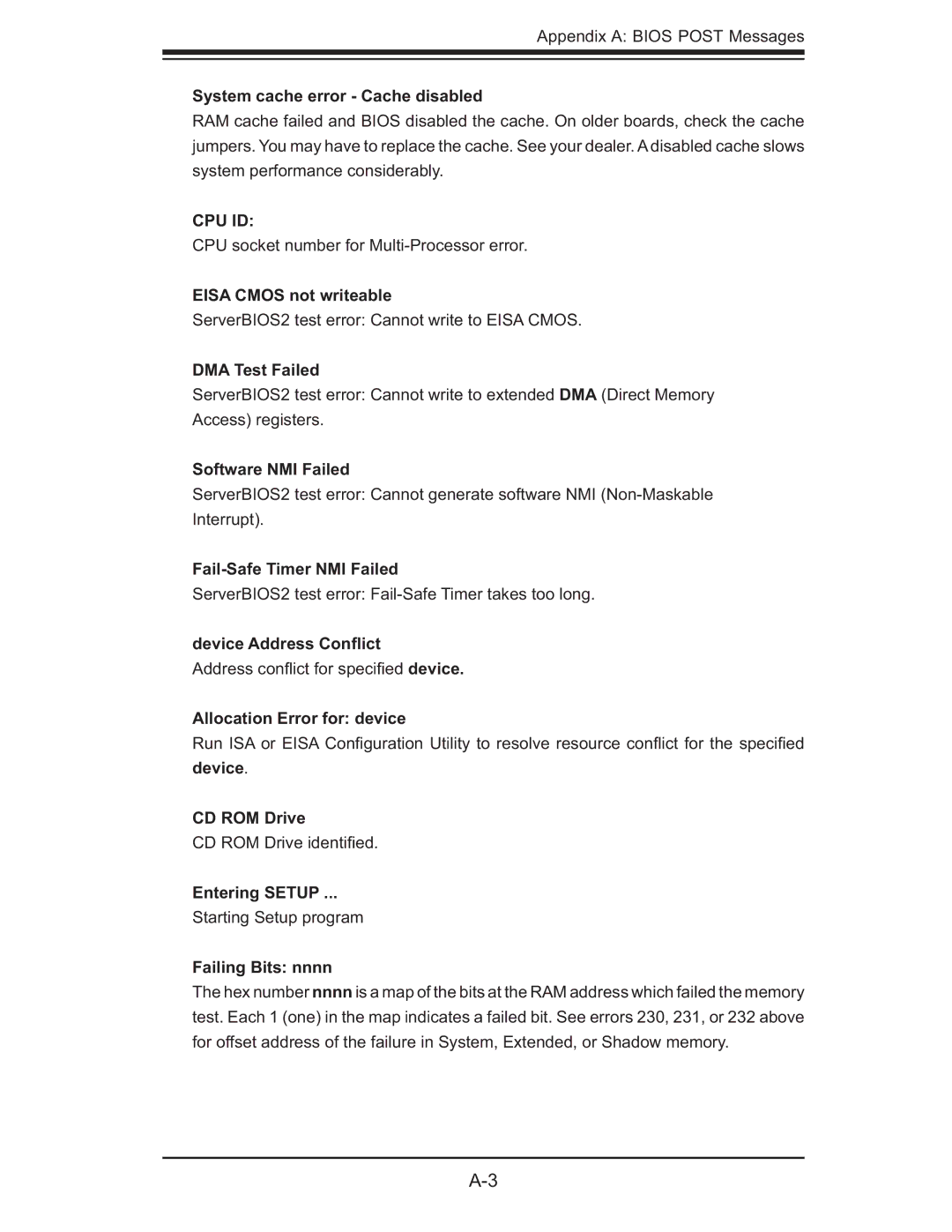6015B-NT, 6015B-U, 6015b-RU, 6015B-NTR specifications
Super Micro Computer has long been a leading innovator in the realm of high-performance server solutions, and its series of Supermicro 6015B servers exemplifies this commitment. The 6015B family includes multiple configurations: the NTR, RU, U, and NT models, each designed to cater to various enterprise demands.The Supermicro 6015B-NTR is an optimized server that focuses on offering unparalleled performance in a compact form. With a dual-socket design, this model supports Intel Xeon Scalable processors, enabling high core counts and multi-threading capabilities ideal for data-intensive applications. Furthermore, it features up to 1.5TB of DDR4 memory, which enhances data processing speed and improves overall system responsiveness.
The 6015B-RU model targets applications requiring enhanced redundancy and reliability. Equipped with hot-swappable drive bays and dual power supplies, the RU version ensures high availability, making it suitable for mission-critical operations. Its advanced thermal design effectively dissipates heat, thereby extending the system's operational lifespan and minimizing downtime.
The 6015B-U variant emphasizes utility and upgradability, presenting users with flexible configurations and expansion options. This model supports a range of storage devices, including NVMe drives, to optimize speed and capacity for demanding workloads. The system's future-proof design allows it to accommodate evolving technological needs, ensuring longevity in rapidly changing IT environments.
Lastly, the 6015B-NT variant strikes a balance between affordability and performance. Designed for businesses seeking cost-effective solutions, it offers essential features that do not compromise on the quality typically associated with Supermicro products. With efficient power consumption and robust build quality, the NT version is an excellent choice for small to medium-sized enterprises.
In terms of connectivity, all 6015B models provide multiple 10GbE and 1GbE network interfaces as standard. They also support advanced networking features such as RDMA (Remote Direct Memory Access) for low-latency applications. The inclusion of comprehensive management tools facilitates easy monitoring and optimization of system performance.
Overall, the Supermicro 6015B series caters to diverse computational needs, offering features that ensure reliability, scalability, and efficiency. Whether for high-performance computing, data center solutions, or enterprise applications, these servers stand as a testament to Supermicro's dedication to delivering quality infrastructure for today's demanding technology landscape.

